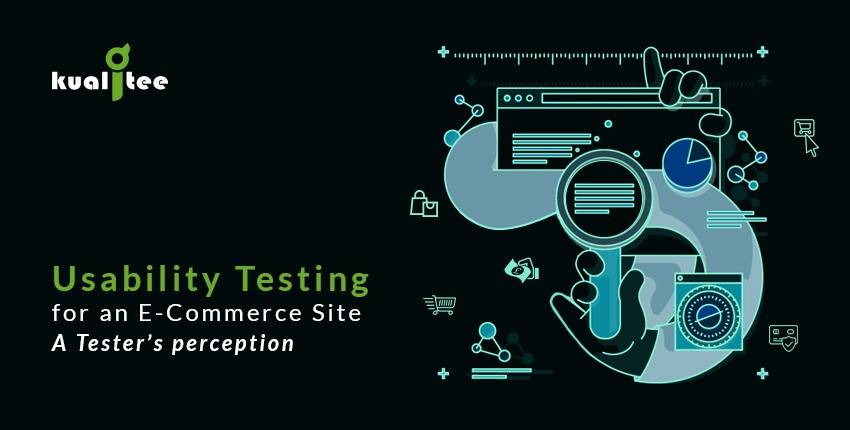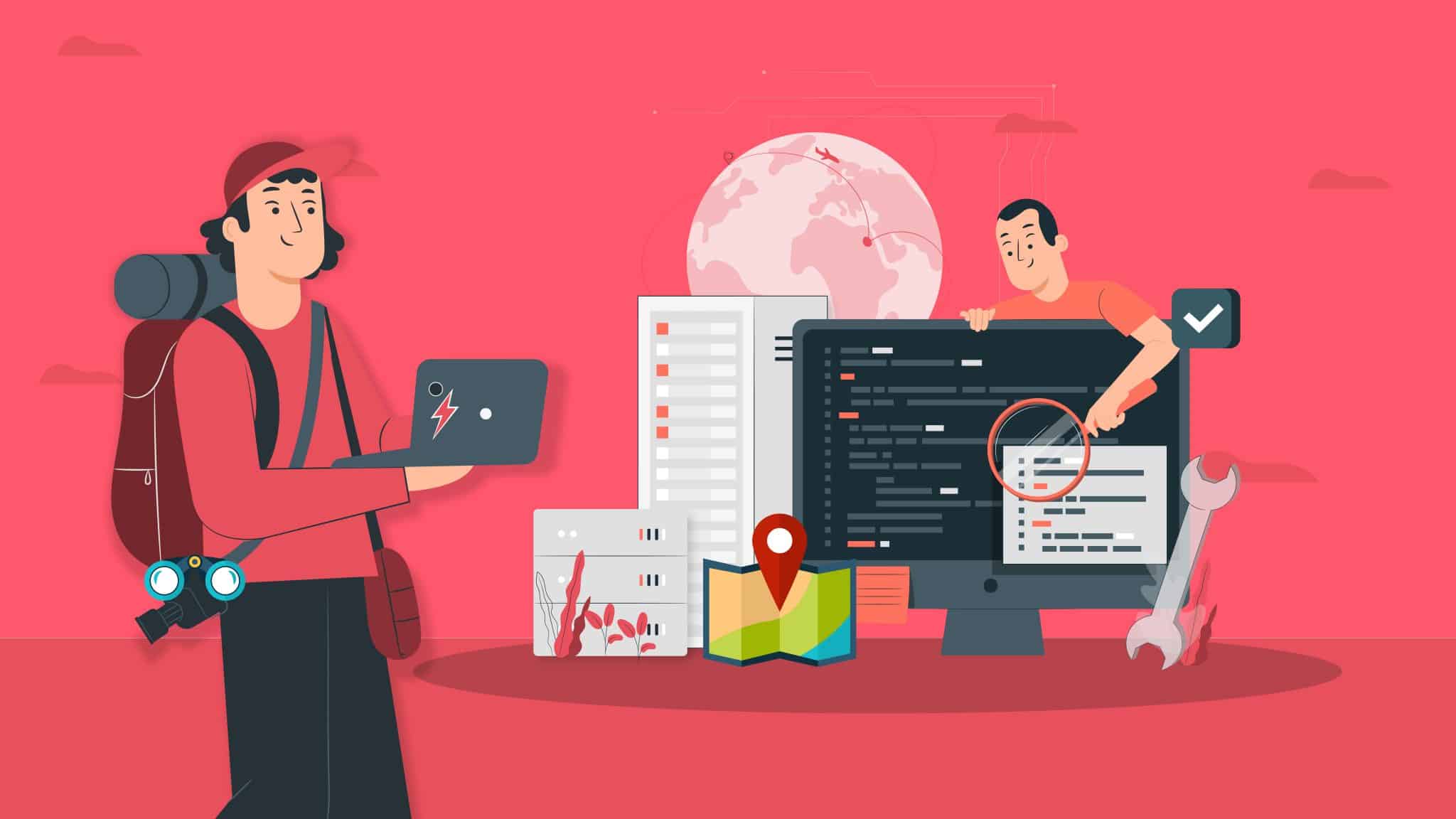What is usability? Usability is apprehended mainly with the efficiency, ease to use and satisfaction of a user. In a nutshell, it is the comfort with which user can run-through the system, such as browsing a website.
Usability Testing is concerned with how well users can learn and use an application or a website to achieve the desired goals. To a greater extent, it deals with the satisfaction of the users while interacting with a said system.
Usability testing is inevitable and it is of utmost importance to know if the e-commerce site is user friendly or in some case, not. Are you losing clients because of complex design, bad navigation and poor content; then eventually you are ending up losing money, that’s your money!
Below are the top ten tips & tricks for a quick round of usability testing on e-commerce website;
Head Line/ Hero Message:
Does the website portrays a display that is inspiring, appealing and projects an inviting headline? Or, the hero message represents a short, enthralling and enchanting statement that entails the spirit of what your website is all about? The headline should be clear and concise intriguing visitor to take action.
Content:
Look for the content placed above the fold that is imperative for achieving business goals. The content must straightaway grab the visitor’s attention and present them with the information that they are looking for. Hence users don’t jump to another site, because for users it is only a matter of a single click.
Search and Filters:
Is the search box well placed and shows any suggestive text? The text can be indicative of the products that e-commerce site is offering. Verify that users are able to see the selected filters in the results. Also they are able to apply/ remove filters seamlessly and the selected filters are reflected in the product results.
Ads/ Promotions:
Are the promotions evident to visitors at the first glance? The best way to place promotions/Ads is above the fold. The idea is to improve visibility, increase user clicks hence resulting in more revenue.
Product images:
As they say “A picture is worth a thousand words”; images matter a lot. When used effectively, they express vital information regarding product and help improving sales. As a usability test it should be verified that images are of high quality and optimized. There is 3D view (if required), quick view, color options, material/ sizes (if applicable) and zoom features available for the product. Last but not the least, there must not be any redundant image uploaded.
Recently Viewed Products:
Whether the products recently viewed by the user are displayed in the footer or the product become highlighted/ grey that user has already viewed. The idea is that user should know where he is and might not get lost in the long content trails.
Navigation:
Ease of navigation is the highest priority when it comes to e-commerce website usability testing. The most frustrating feature of website is confused / complex navigation leaving user helpless and lost. Navigation should be simple with clear hierarchical structure, menus/tabs, breadcrumbs and sitemap.
Instant support:
Does the site have live chat feature available? Users want instant support instead of sitting and waiting for help. There must be online Chat/support feature available in the e-commerce site making the shopping experience more personalized.
Shopping cart and Registration:
Is the product checkout simple and registration does not require long forms to fill in. Minimum number of steps should be involved in the process. Also the registration form must contain fewer fields. One of the best approaches is to allow user to register/ login using social media credentials.
Shipping & Tracking:
Is there any way or mean by which user can track his shipped order? Reliable and efficient shipping gives you the chance to make best impressions on your customers.
The above are some quick e- commerce website usability testing checkpoints that can become a good starting point for your usability testing journey. However, when testers come across e-commerce or similar websites in real world; the techniques, tools, and concerns to test that website may become different. In my opinion, the customers at the end of the long chain of solution delivery cycle have only one concern, and that is we give them a usable product.


























